|
It's about time I finally wrote something in this blog about my 1/87 (HO)scale model of Port Dover Ont. that depicts the CN railway service in town during the summer of 1950. I can tell you, even if you're not a train guy - the skills I've learned through this wonderful hobby have directly translated to what I do for a living! As you may already know from my bio, I was raised around model trains through my family. My Grandparents, Uncles, and especially my own Father were all avid model railroaders. In the mid 90's Dad and I started building a huge model layout that filled the basement of our house and depicted a nearby CN branchline known as "the Hagersville sub". The prototype line that we were modelling ran from the city of Hamilton (on lake Ontario), and headed south through the farming communities of Rymal, Glanford, Caledonia, Hagersville, Jarvis, Simcoe and then finally down to Port Rowan and Port Dover (on Lake Erie) where the engines were turned for their return trip to Hamilton. We worked on this project together and with some other friends and family who shared in our dream. We belonged to a small group of highly skilled craftsmen called 'The Ontario and Eastern Railway Modellers' who were all passionate detail focused modellers of Canadian steam era railroading. Each member was modelling a different area of Ontario in the 40's/50's 'transition era' (when steam came to an end and diesels took over) Dad was hosting regular yearly work sessions with our friends to help move along with things like bench work, lighting, track and basic scenery. Together we worked diligently on our own projects and each others for decades until suddenly and tragically Dad was diagnosed with Cancer and passed away in 2012. I had been living in Vancouver since 2002, but was still building structures, rolling stock, and adding backdrop and scenery every time I'd come home for Christmas' or other visits. Truly our strong shared interests in everything cars and railway was what kept us so close as friends in life. In the fall of 2010, while the rest of the layout was being built into the basement of my parents house in Ontario, I decided to start building the Port Dover scene in my apartment in Vancouver as a project to keep me more engaged in the hobby. I originally built it to specific dimensions so that it could eventually be transported and "slotted in" to complete the line at my parents house. To keep it light and easy to transport, I built it as a pair of simple framed shelf sections in 5/8" plywood that could sit on shelf brackets mounted to the wall. The 2 sections could easily be separated and carefully stacked for transport. We had previously found all sorts of historical railway and fire service maps of every town along our little branch line, so the track plan was already established. We even had early railway records listing all the railway structures with their dimensions for each town! The rest of the research came from hundreds of old photo's collected over the years. We chose to model the year 1950 because we wanted to feature the little 2-6-0 E10a steam engines that were so prevalent on this line in particular due to a bridge restriction in Caledonia that could only accommodate these little engines. We also wanted to show the line in it's prime and have lots of flexibility in what types of cars, advertising and equipment you would have seen. A year later in 1951, these little engines were starting to be replaced by diesels and so got renumbered before being sent to the scrap yards throughout the mid-late 50's. As with the rest of our railway, I decided to hand lay all of the track with individual wood ties glued onto 1/4" cork underlay. The ties were then sanded level, re-stained and then fine scale ballast is added, leveled and secured with diluted white glue. With the ballast all dry, the rail is then added by hand spiking it in place with tiny spikes and rail gauges. The turnouts rails were soldered together using jigs and special copper coated ties all supplied by Fast Tracks. I powered the layout using a Digitrax command control system in which individual sound decoders are installed into each locomotive and the operator simply uses a handheld controller to dial up the number of a locomotive and operate it with full sound independently, while other operators can run other trains independently on the same tracks.. For controlling turnouts, I rigged some choke control cables mounted to the fascia that work a throw bar under each set of points (a system my Dad came up with in the 80's). I made the scenery using a variety of different scenic products and techniques. I would first sculpt the basic "lay of the land" by layering pieces of cork with glue and hydrocal plaster... Then I would paint and add ground foams and fine ballast from Woodland Scenics in a variety of colours and adhered with diluted white glue. I added small shrubs and bushes the same way but with thicker glues. Finally I would mask the track and spray the whole area with dull coat to help stiffen and seal the ground textures together. For the street sections I used hydrocal plaster, carefully spread and shaped to the right profile. While it was hardening I scraped out the rail flange ways and carved realistic cracks in the pavement. Then I used an airbrush to paint and blend it to look real: I also used a lot of static grass from Knoch; It's applied with a special electro-static charged applicator that makes the grass fibers stand on end when they are applied... The trees came from a kit supplied by Super Trees, and the water was simply airbrushed with paint and 3 layers of gloss coat (so far!): The buildings and structures were all carefully researched and built from scratch using Evergreen Styrene and occasionally doors & windows sourced from Grant Line. Each building is an exact representation of the real thing even though many of the real structures no longer exist: To start, we have the old 2 stall engine house and turntable built in 1898. The railway actually stopped using the engine house and sold it in the early 30's. But the structure remained being used as a storage facility for fishing supplies until the mid 60's. The turntable was 55' long and operated by way of a little steam engine mounted on one end that borrowed steam from the Locomotives steam hose: The GTR/CNR station built in 1898 and still exists today (although shortened and in a different location): The Fishermans co-op buildings (formerly Kolbe's) that sat across from the station - The larger of these buildings burned in 1952 and was replaced by a concrete structure that still exists today as part of Misner's The Matthews Boat Livery which started as just a boat rental with a dock around 1900, then the 2 buildings were built sometime in the late teen's and still exists today. It was always a boat rental and also served as a marine gas station and snack bar: The Doc McQueen's "Last Chance Lunch" shop which was built sometime in the early part of the century and disappeared sometime in the early 50's, also pictured immediately beside it was the railway customs booth: The Erie fish market building, built in the late 30's (after the railway water tower was removed) and sat along the turntable track. This building still exists today as part of Willy's diner, and if you know what you're looking for, you can still find the concrete footings behind it that used to be for the old railway water tower!: The Thomas fish market and Parkers fish market buildings, appeared in the late 30's and were gone/replaced by the mid 70's: And lastly, the Ontario fishing co-op building which was built in the late 40's and still stands today, now known as 'The Sandalmaker': The backdrop panels I made out of sheets of .80" Styrene, spray painted sky blue, and then hand sketched and painted following hundreds of pics of what the view would have looked like in the era: The rest is just details; the people, the boats, the vehicles, vintage signs, fences, telephone poles, dogs, cats, junk laying around etc.etc.etc... And of course - the stars of the show, the Trains! - The engines are mostly reworked brass models with scratch built tenders and details added to make them specific models of actual engines used at the time. Dad takes credit for most of them. The freight and passenger equipment mostly all come from various resin kits that were each hand built, painted and lettered to be a model of a specific class of equipment. It's all very time consuming, but extremely enjoyable and rewarding too. I can spend hours in the winter months listening to music or podcasts and working away on building a model. It's wonderful! - it's zen! My scene of Port Dover was finished and briefly moved back to Ontario with me when I moved back for a few years following Dads passing in 2012. In that time it was joined up to the rest of the branch line model and I hosted several work sessions with our group of friends and prepared the layout for one final public open house to show and record the layout in it's mostly finished state as a tribute to Dad. Since then though, the larger layout was completely dismantled and most of the individual models were sold off as the old family house was also to be renovated and sold. Our 25 yrs of work is now just a lot of good memories that live on through video's, photo's, and models spread out among our friends. I eventually moved back to BC and brought my Port Dover sections with me. I rebuilt the under structure to make them stronger and Freemo adaptable for future expansion... The scene currently resides in my shop in Sooke BC and it looks and runs better than ever. I hope to someday extend the line to include a second scene of neighbouring Port Rowan to make it a point to point operation.
So there you have it, my other, other hobby! I hope you've enjoyed reading, Until next time -
5 Comments
9/8/2016 11:48:26 am
Beautiful! Just beautiful modelling indeed, a pleasure to see!
Reply
11/15/2016 08:21:11 pm
Geoff:
Reply
Philip Jago
12/27/2019 04:46:26 pm
As noted in my comments on the article about your father, amazing work. Have you got any specifics on how you built your wharf? I am in the throes of adding a wharf scene (upper St. Lawrence River) to my layout and any thoughts re dock construction from the transition era would be appreciated. I do not have room to include a canaller but intend to include the timber boat "Langille Boys" by Sylvan Models. Again, fantastic modelling.
Reply
J Daley
1/19/2022 01:03:46 pm
I moved to Simcoe ON in late 2021 and have been cycling along the old rail paths between Waterford and Port Dover as well absorbing as much rail history as possible. Finding this article about your layout of the area has been a pleasure. Thanks for sharing!
Reply
Tony
2/2/2022 02:25:24 pm
Hi,
Reply
Your comment will be posted after it is approved.
Leave a Reply. |
Archives
December 2023
|
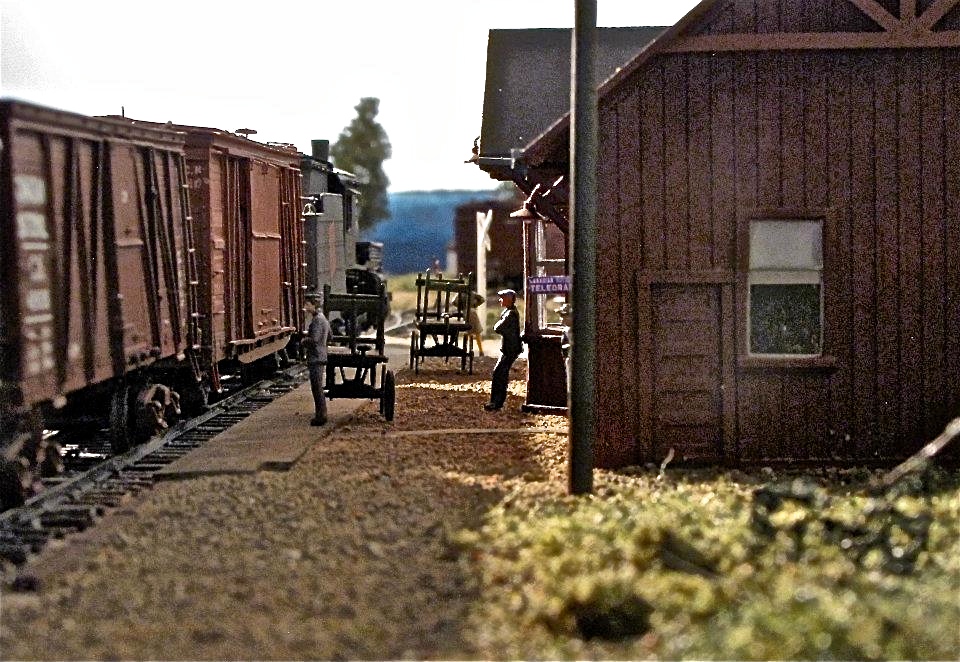
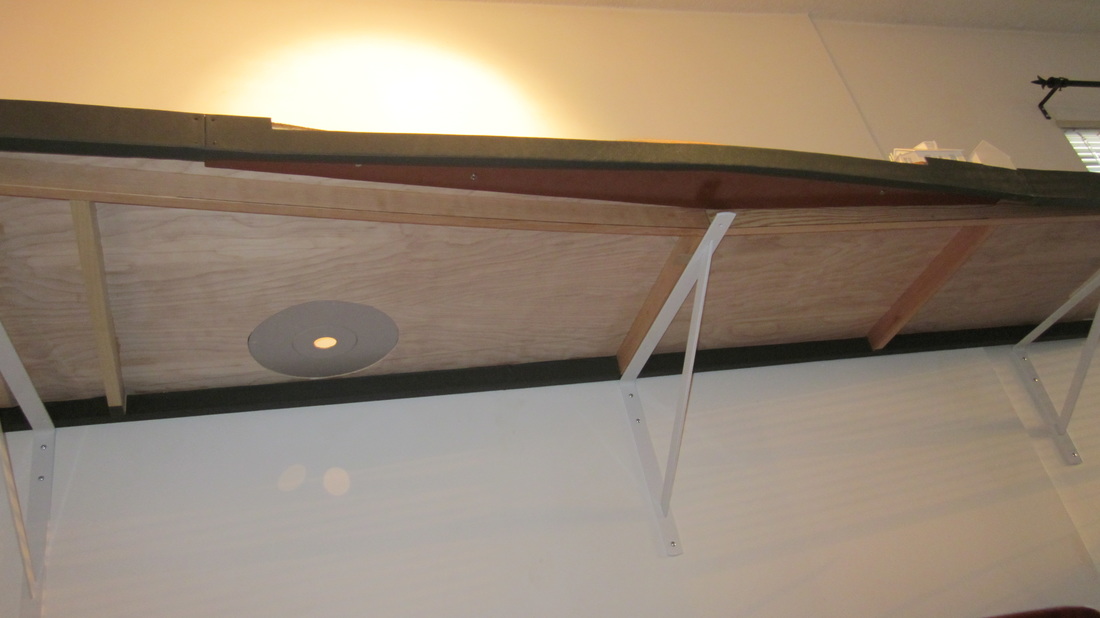
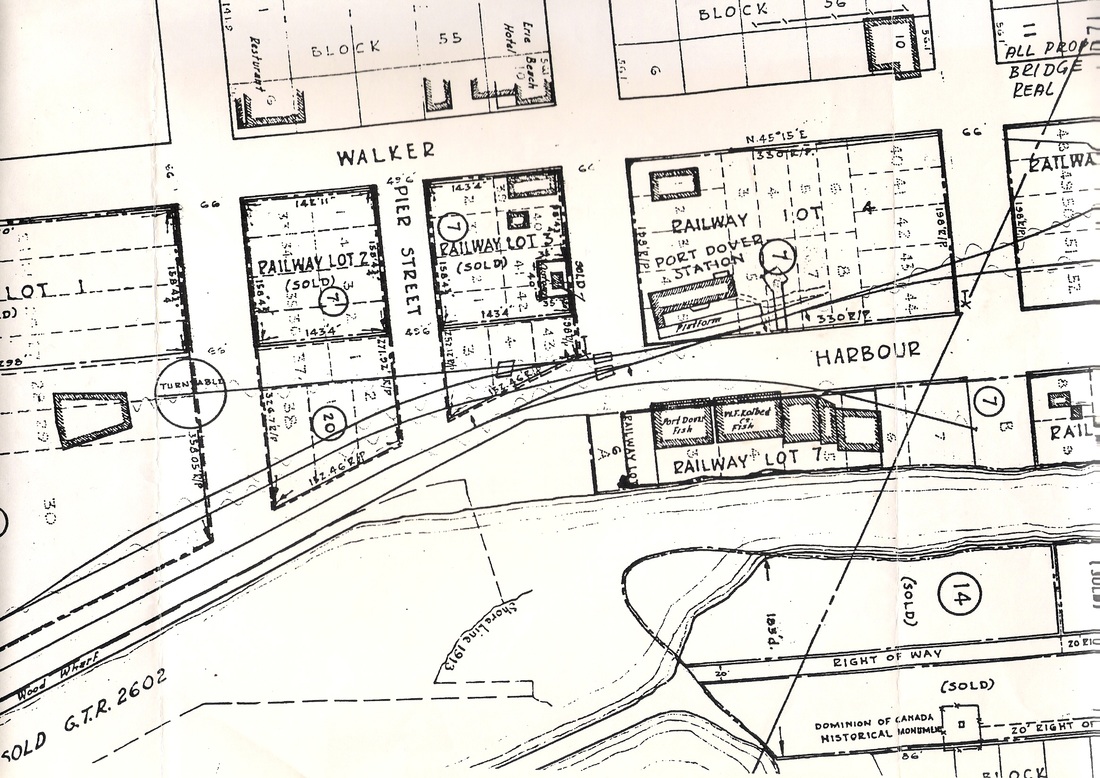
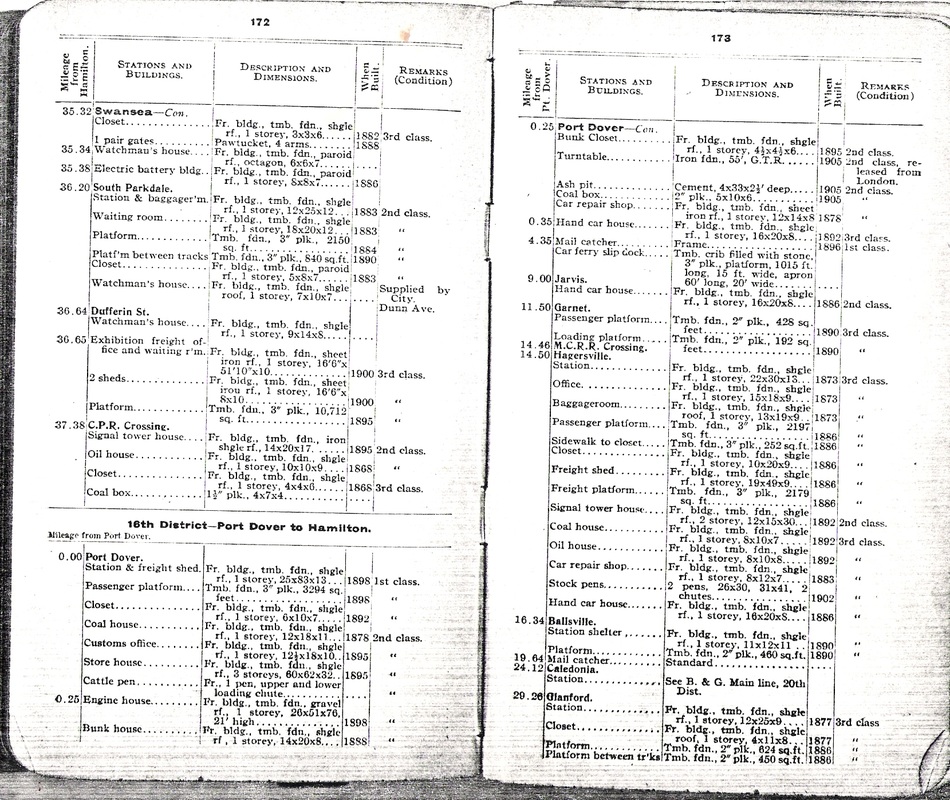
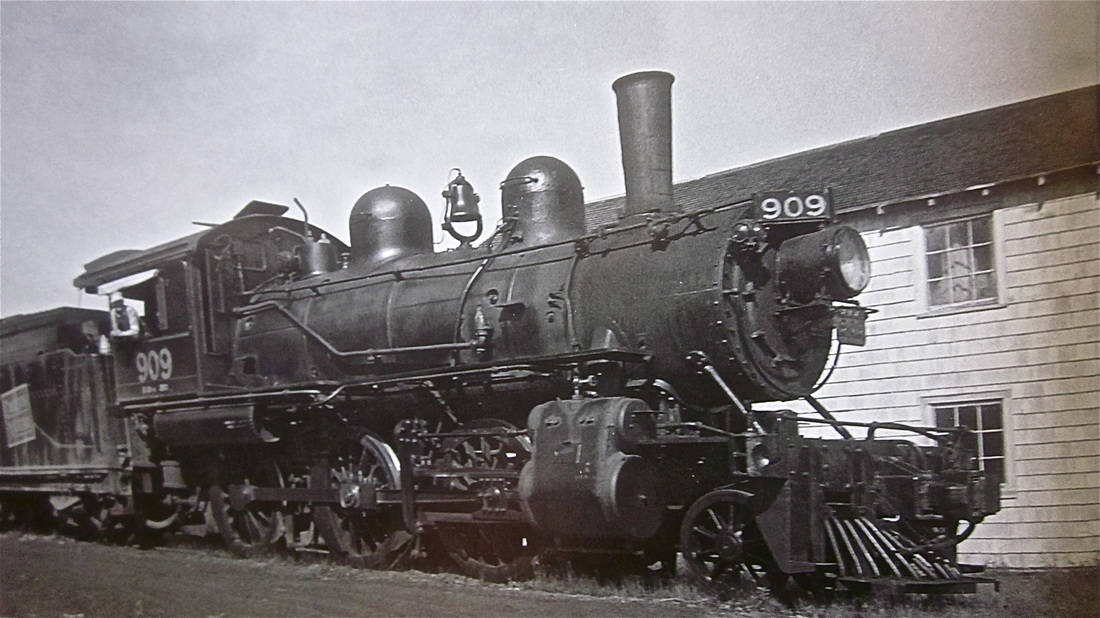
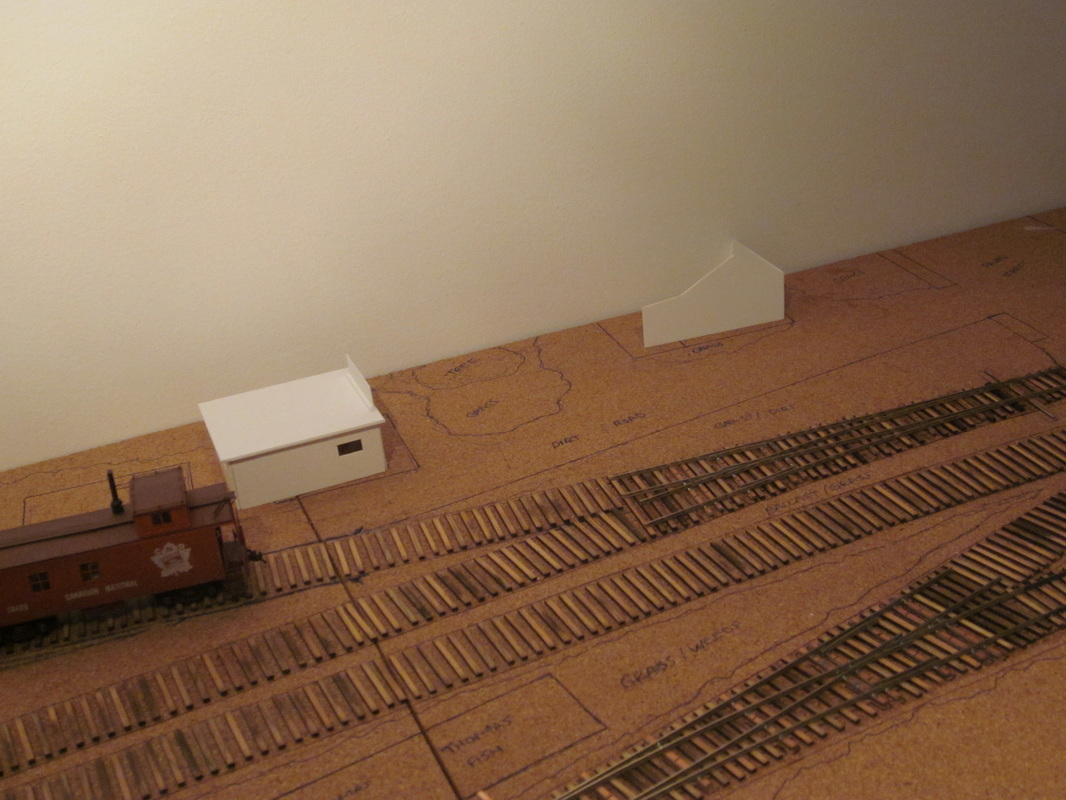
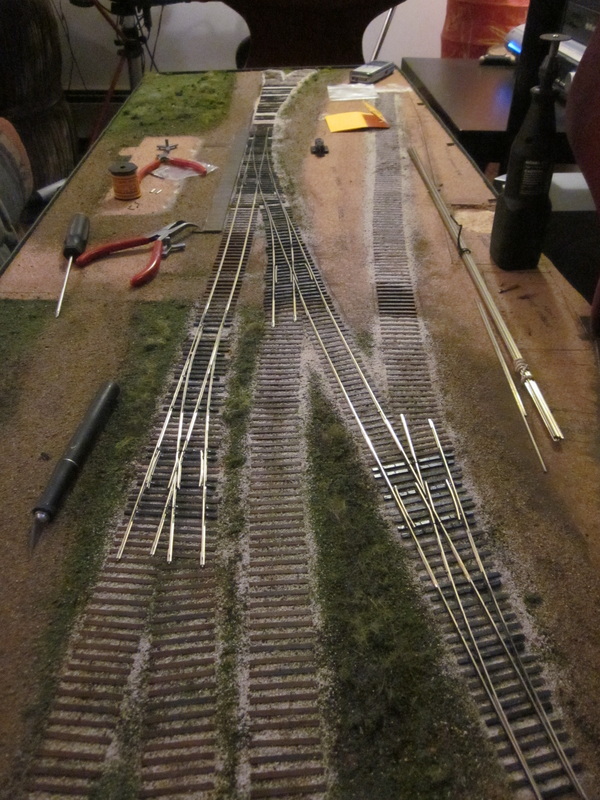
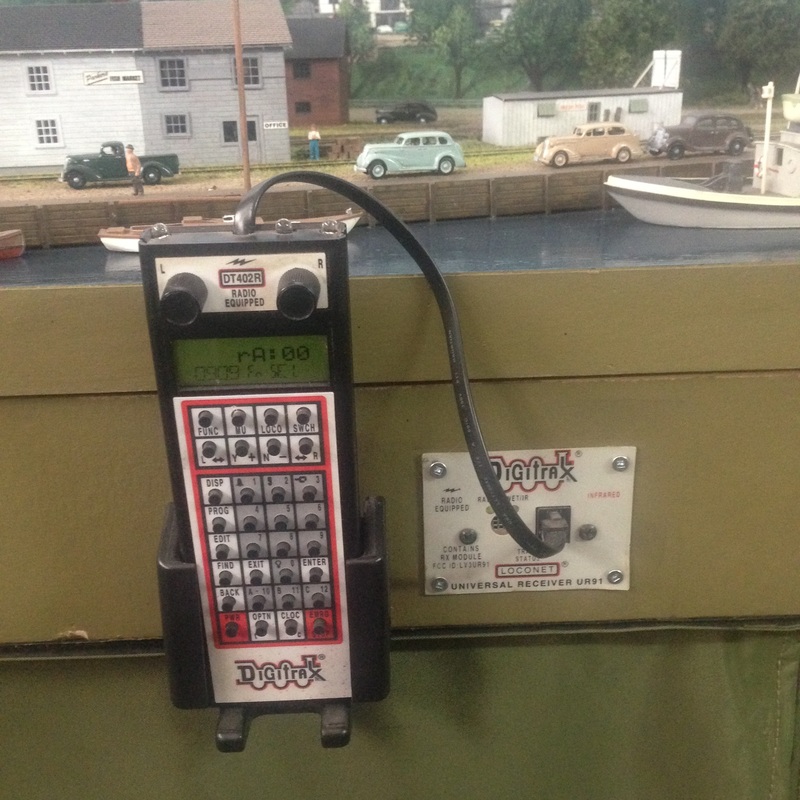
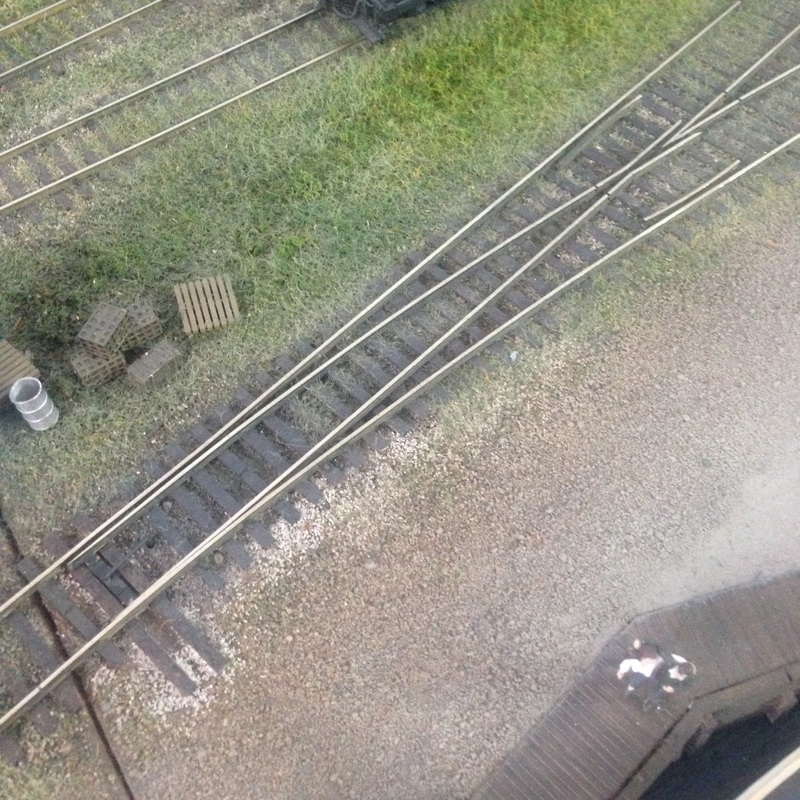
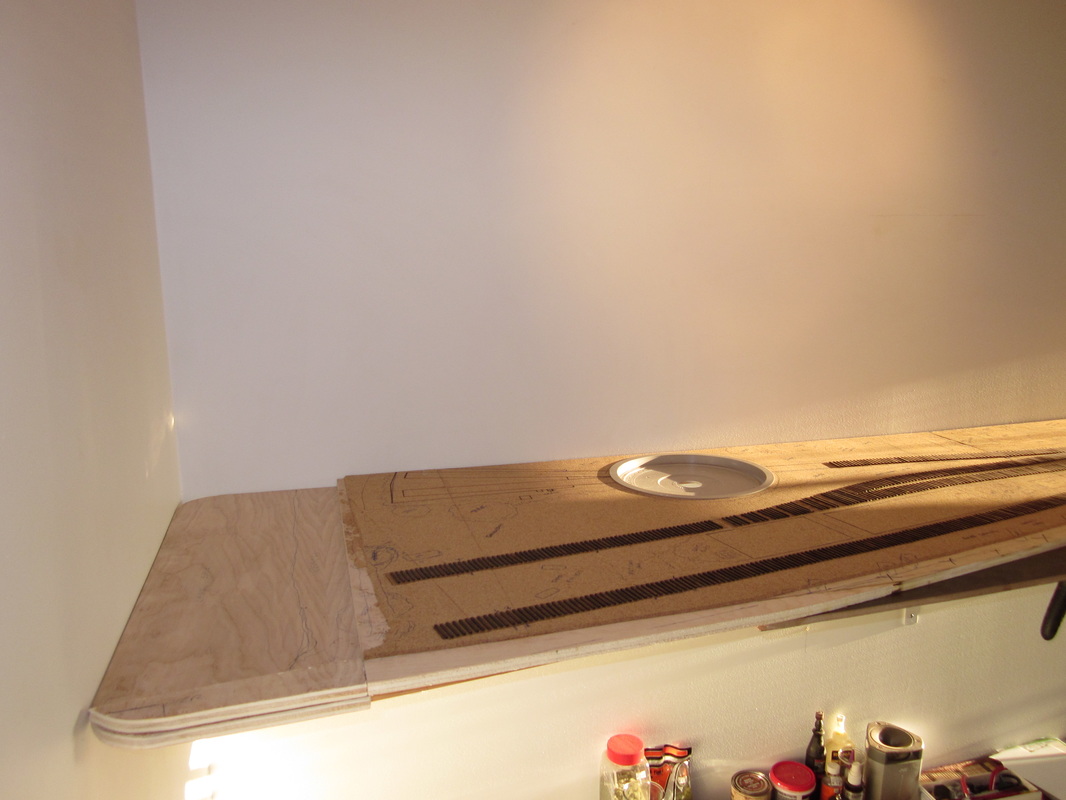
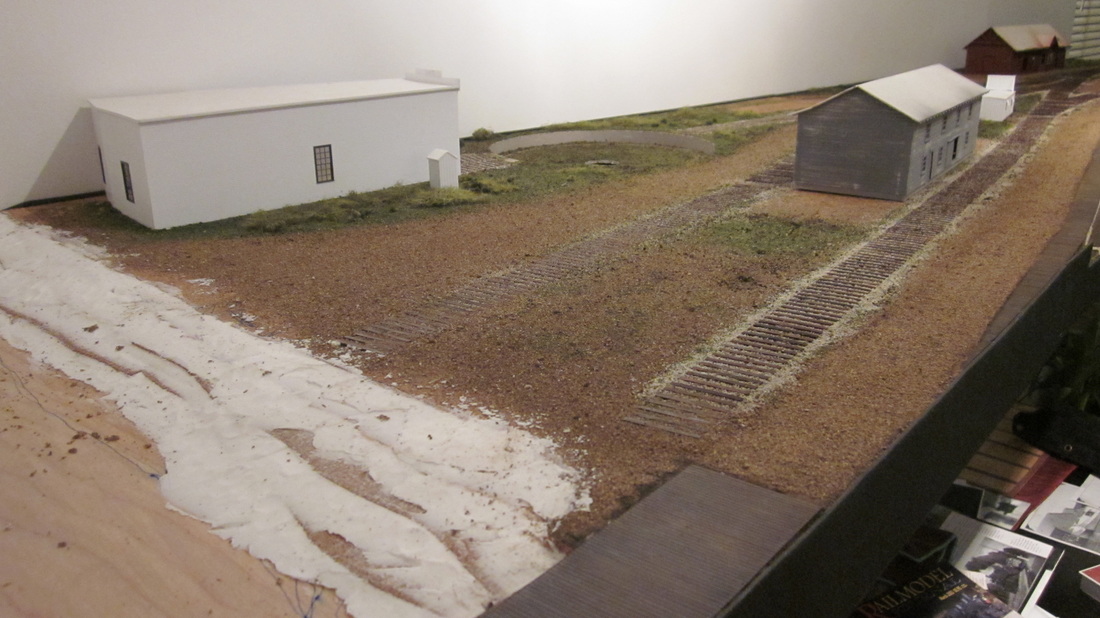
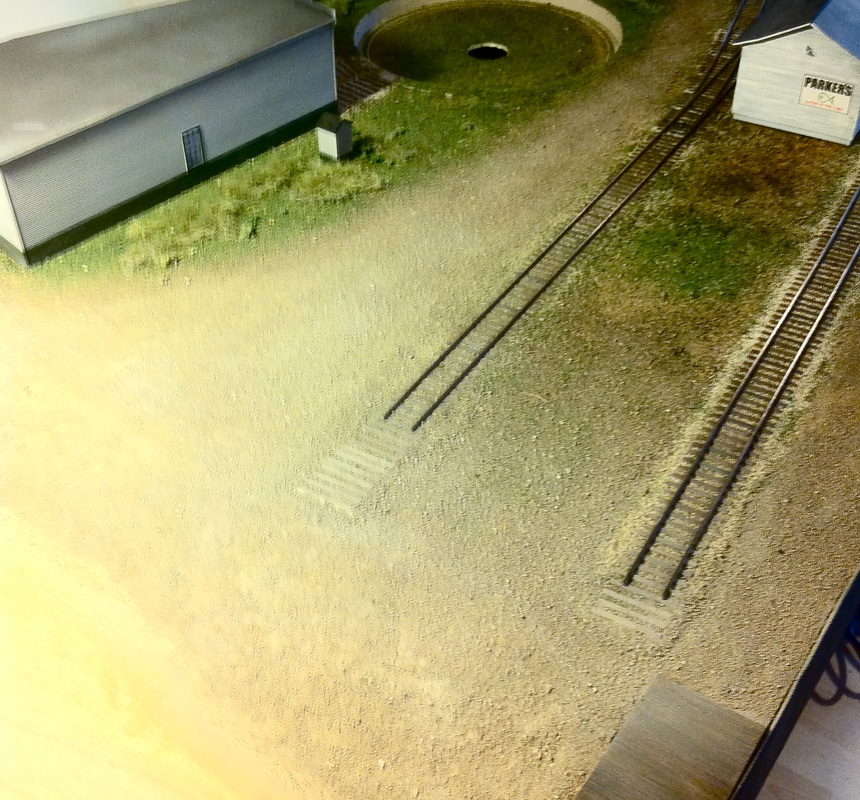
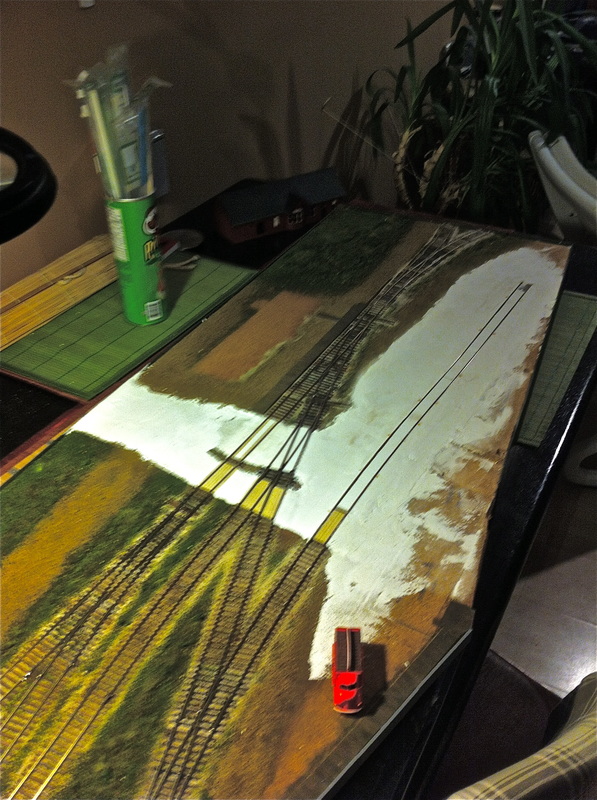
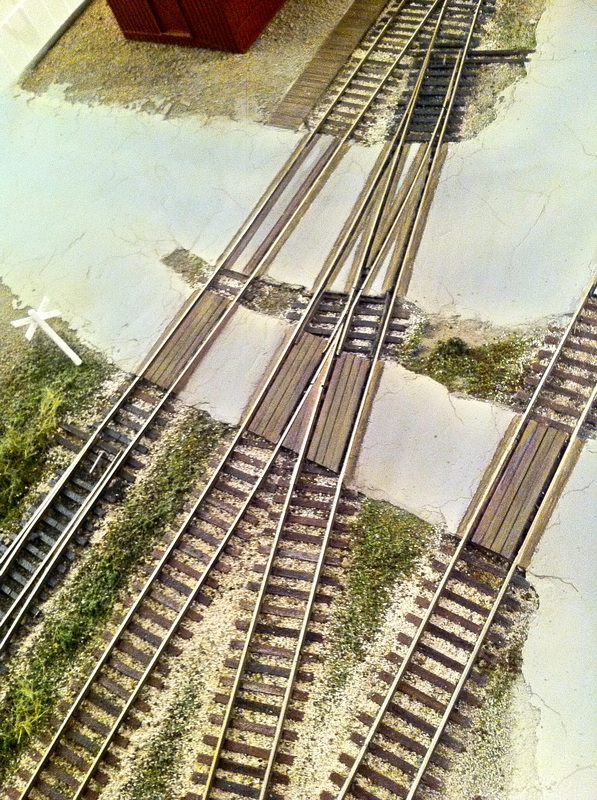
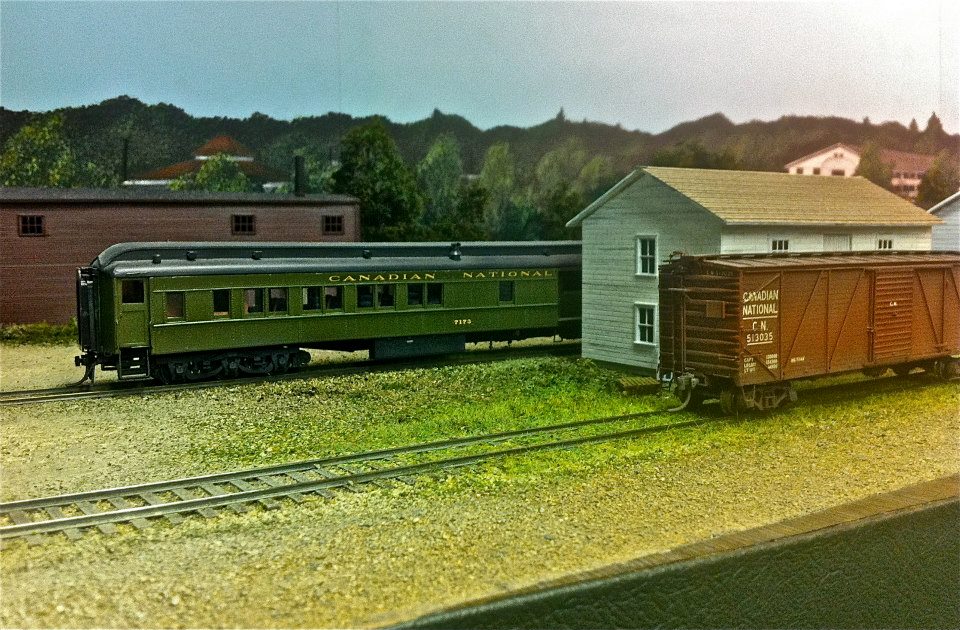
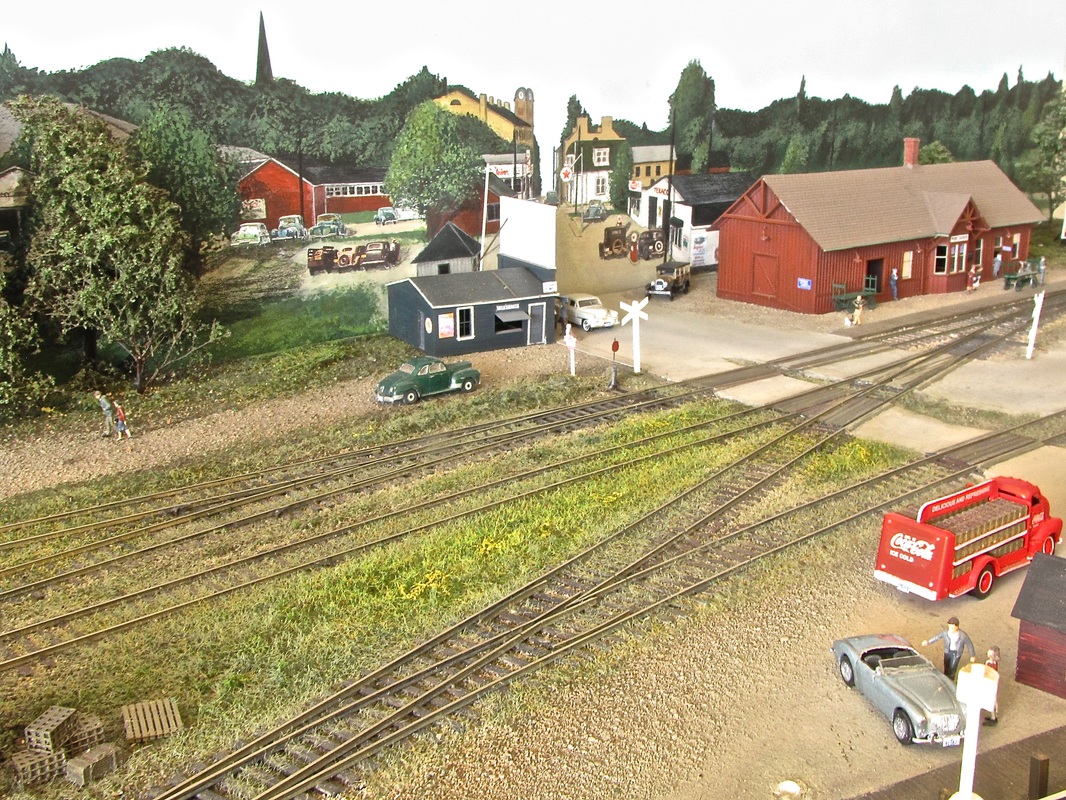
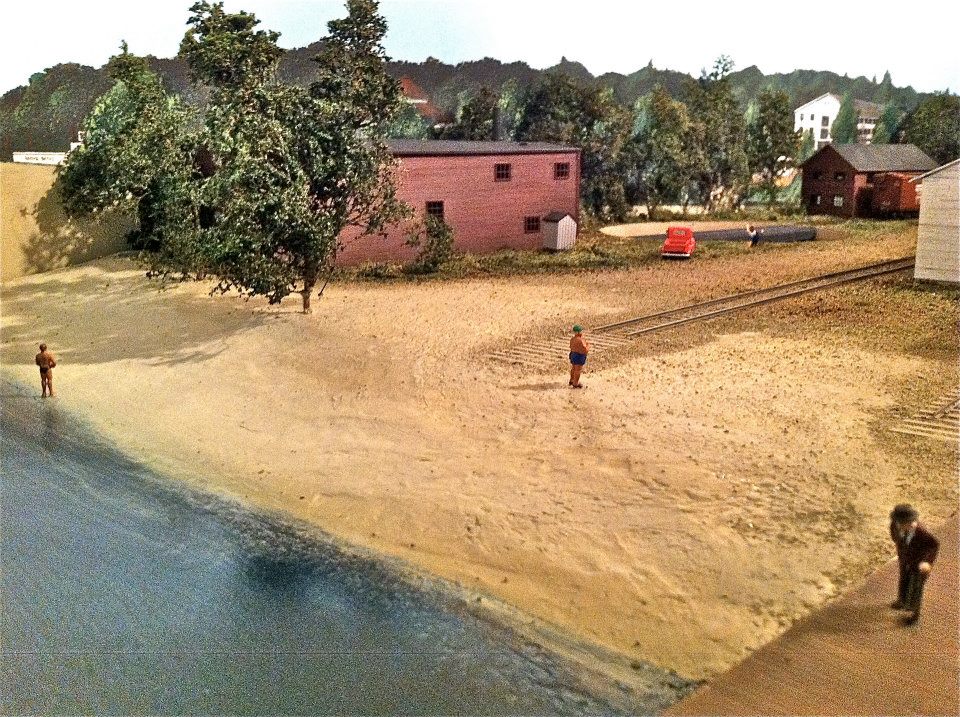
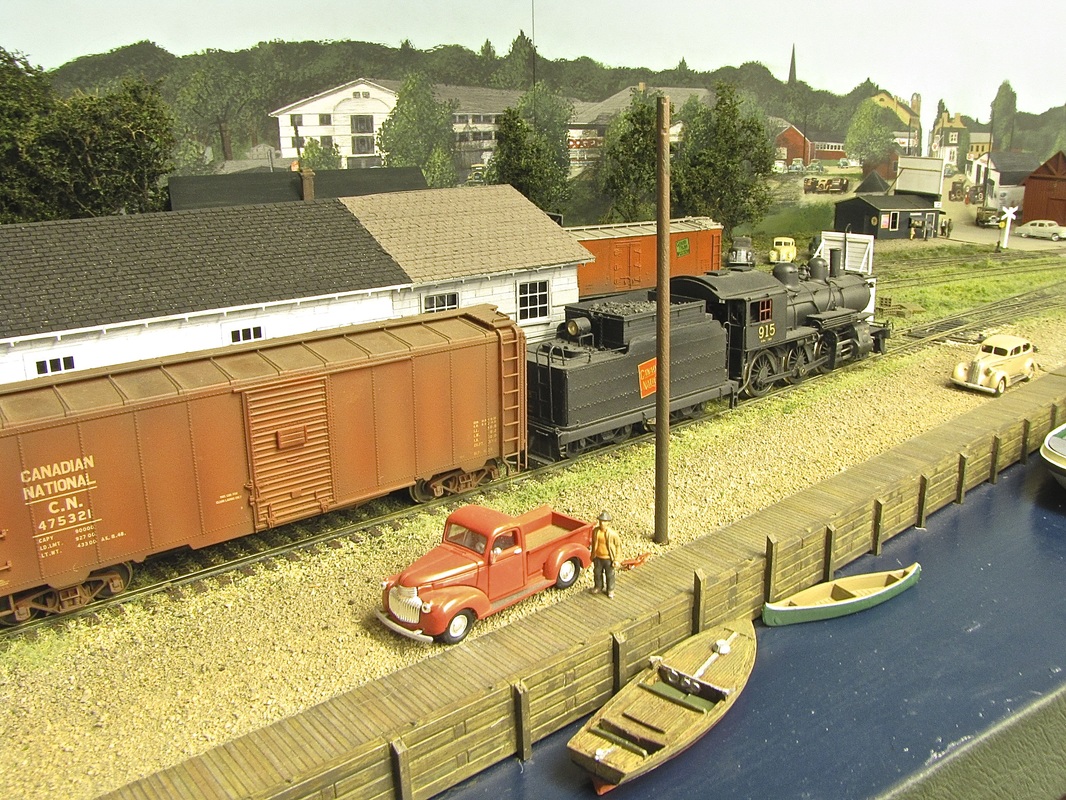
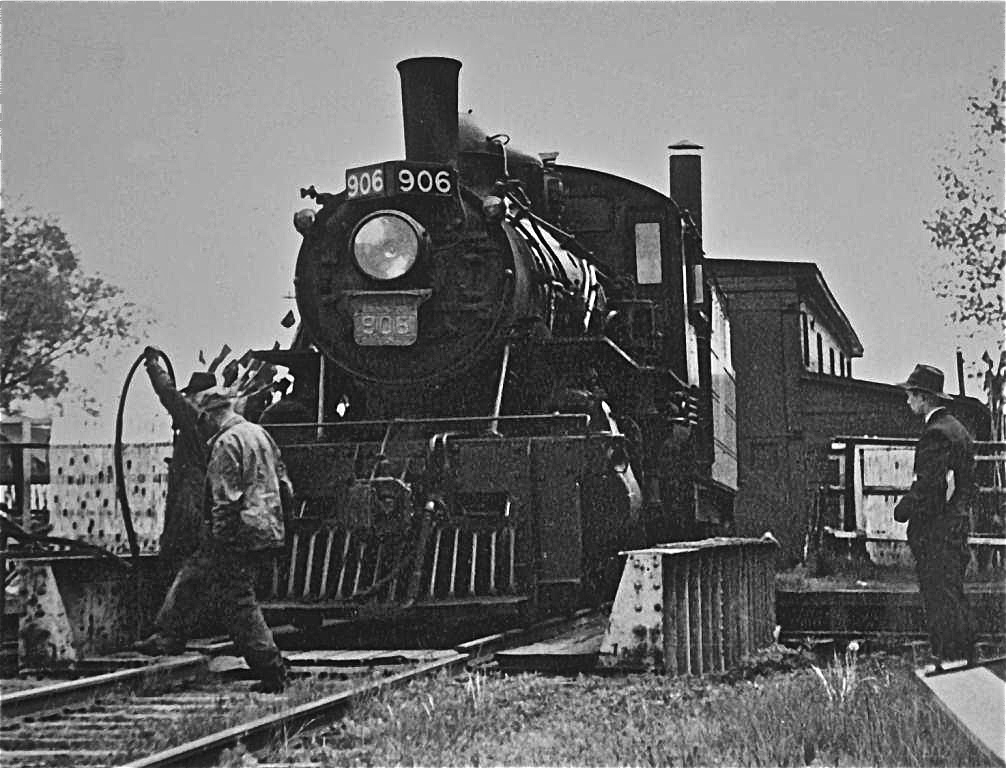
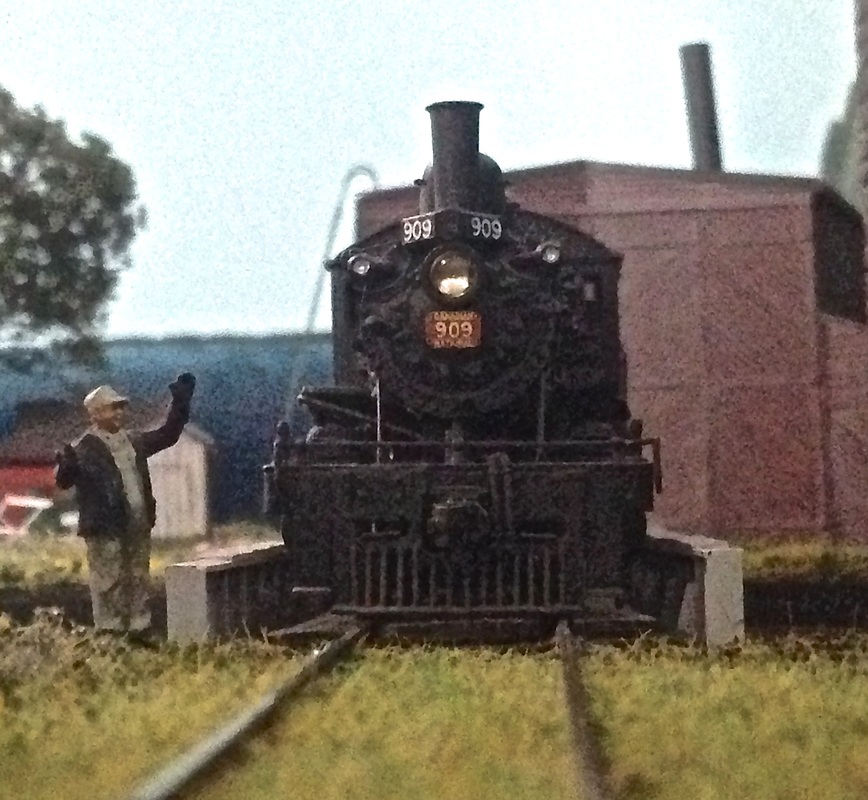
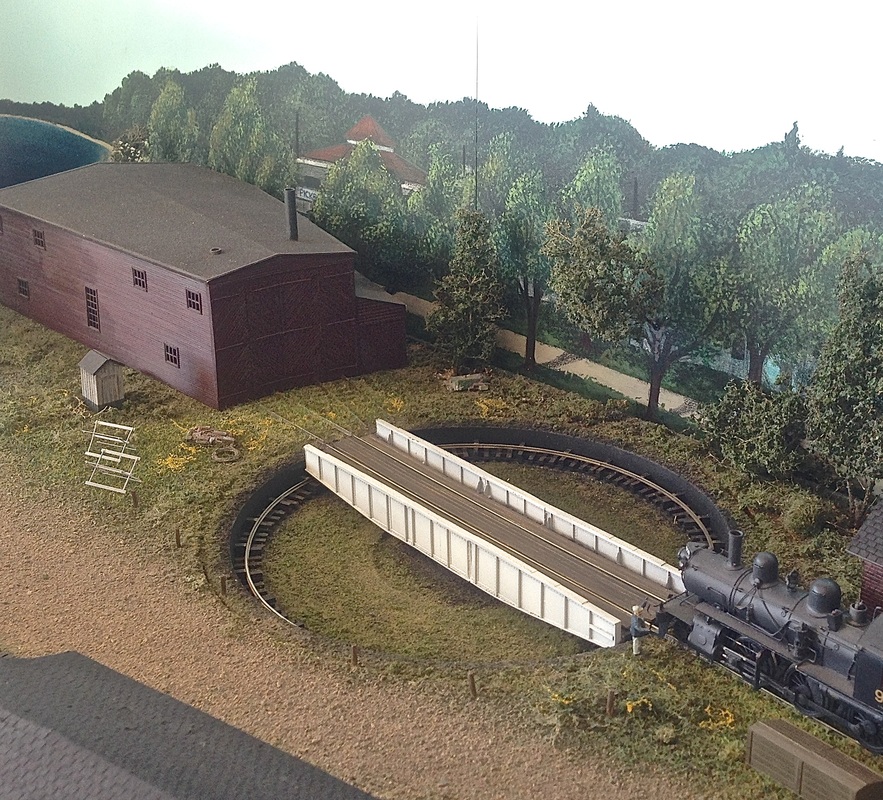
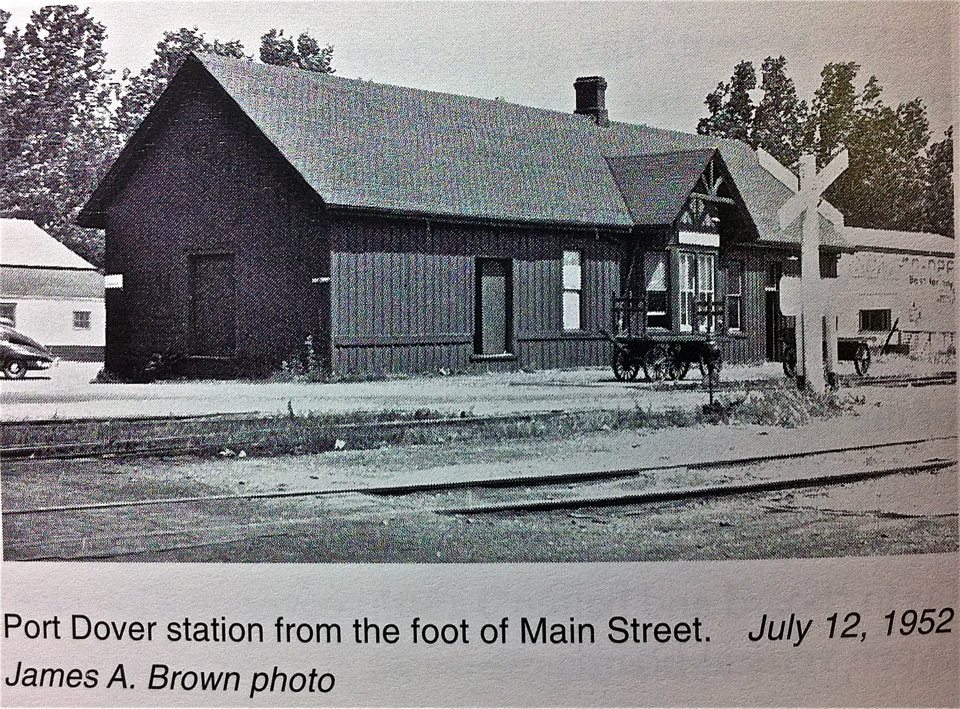
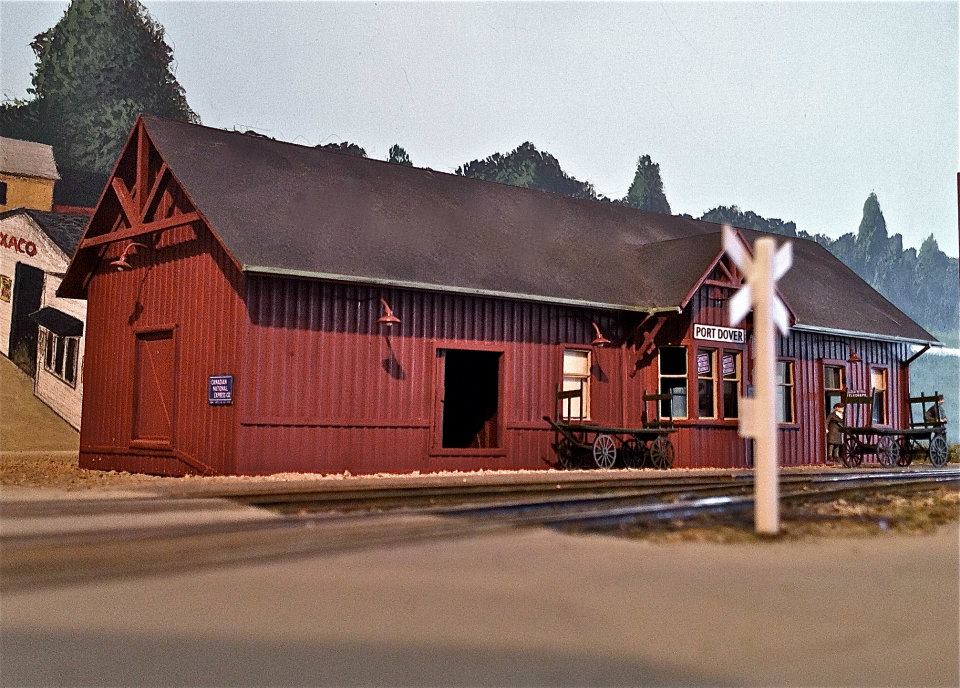
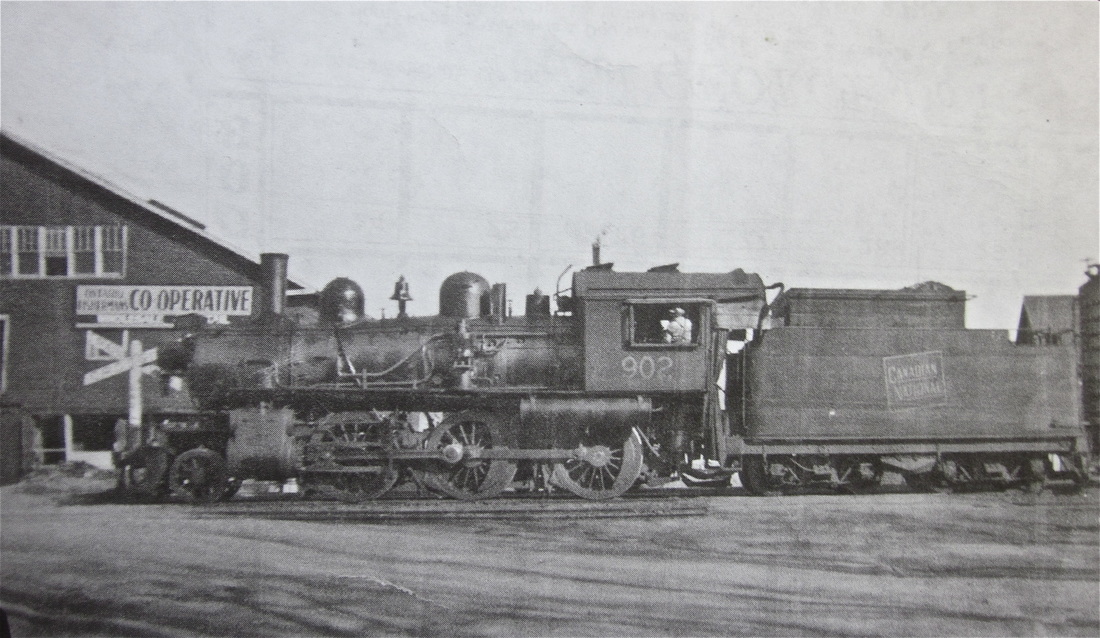
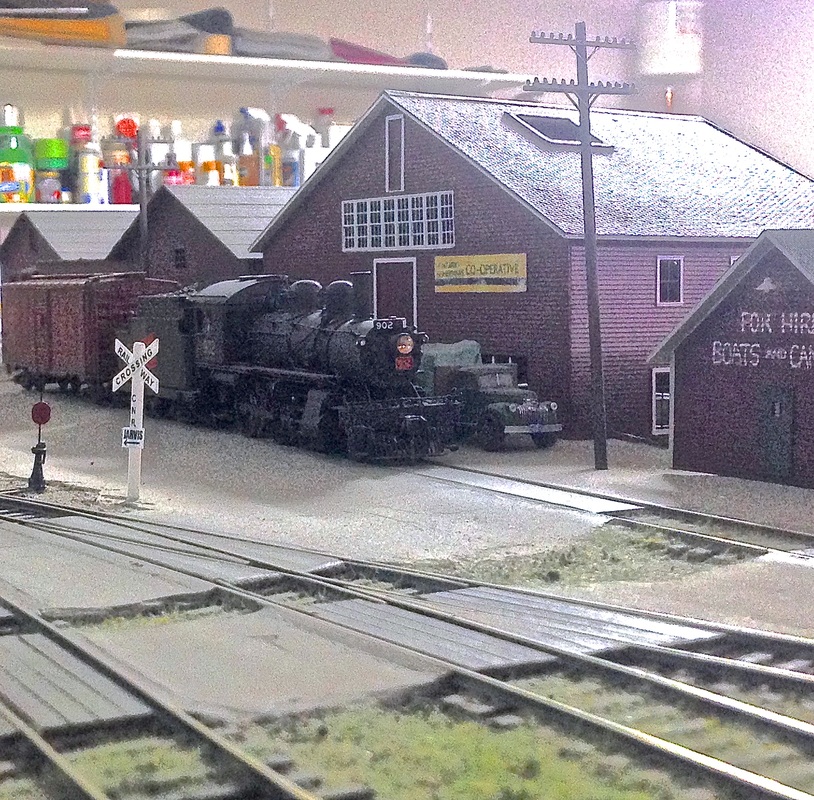
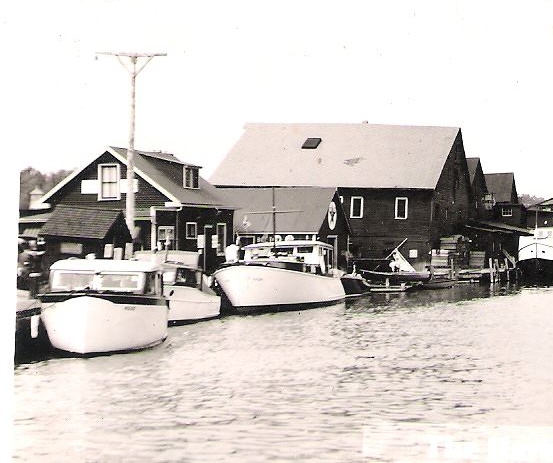
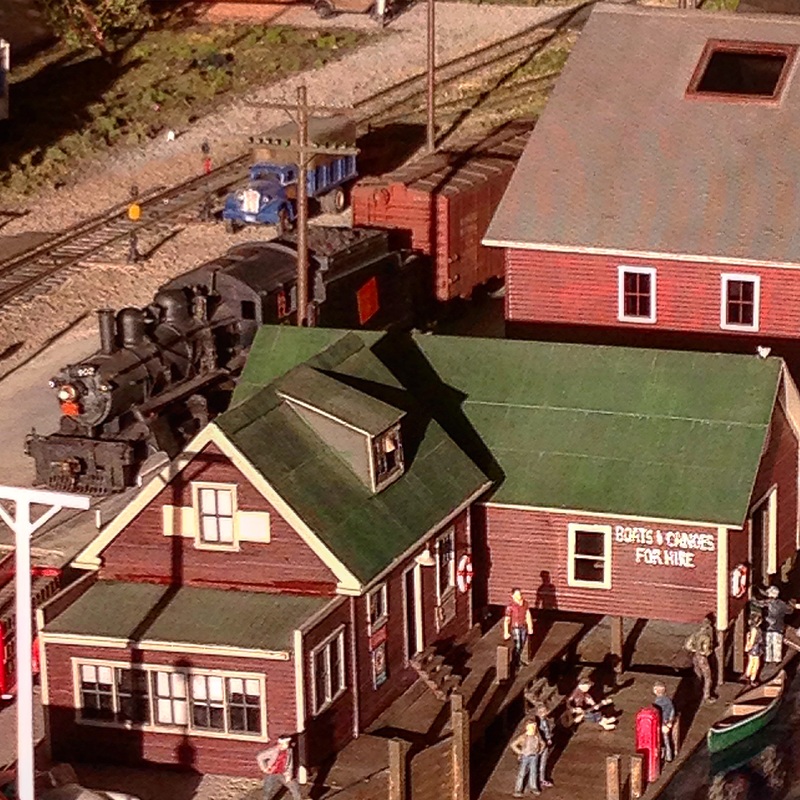
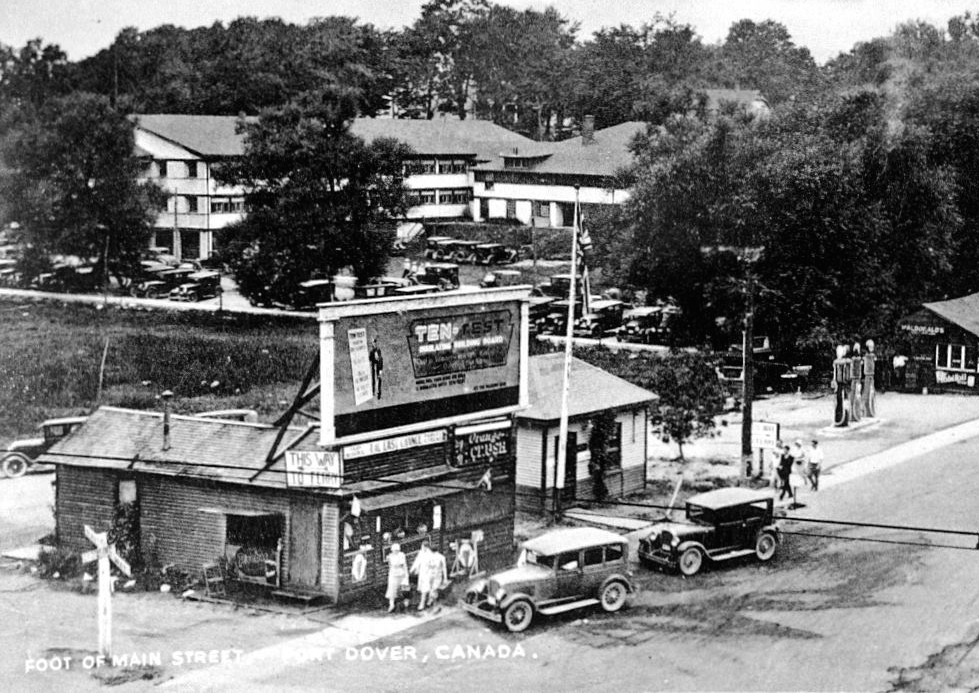
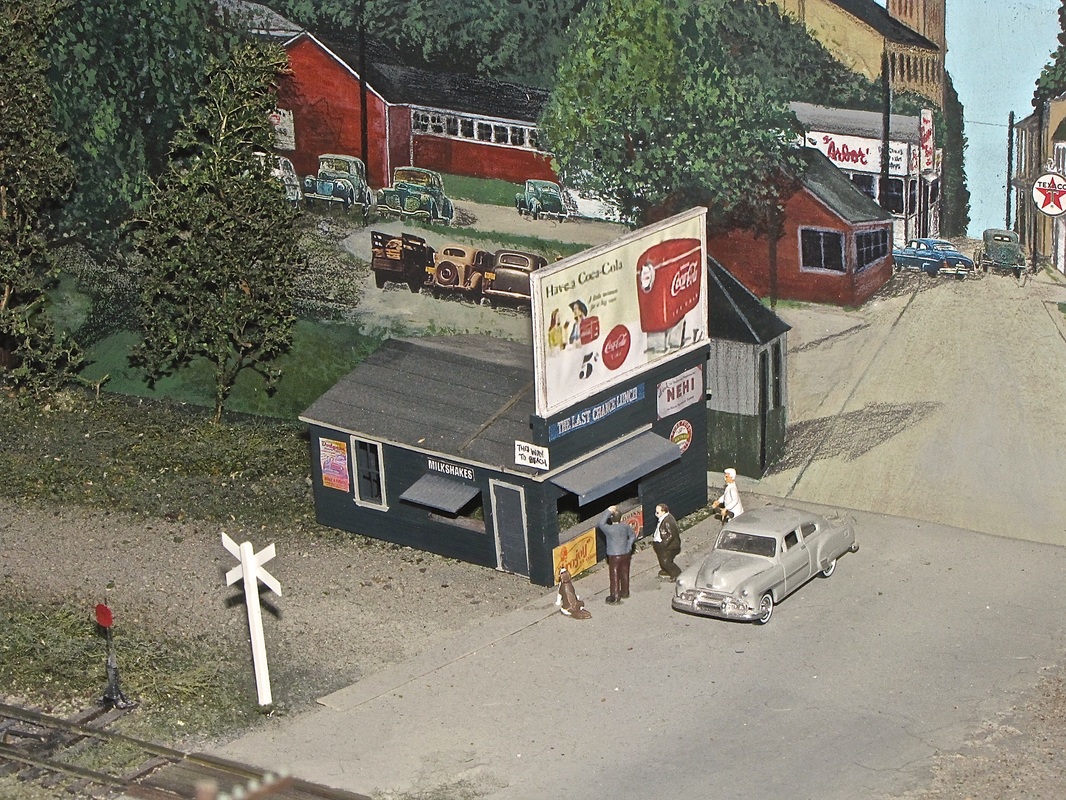
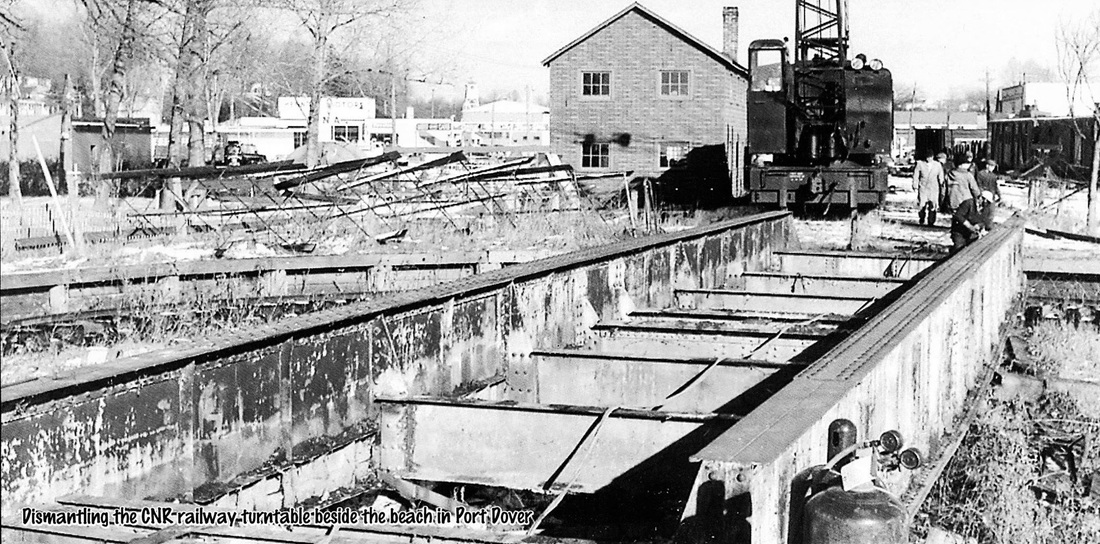
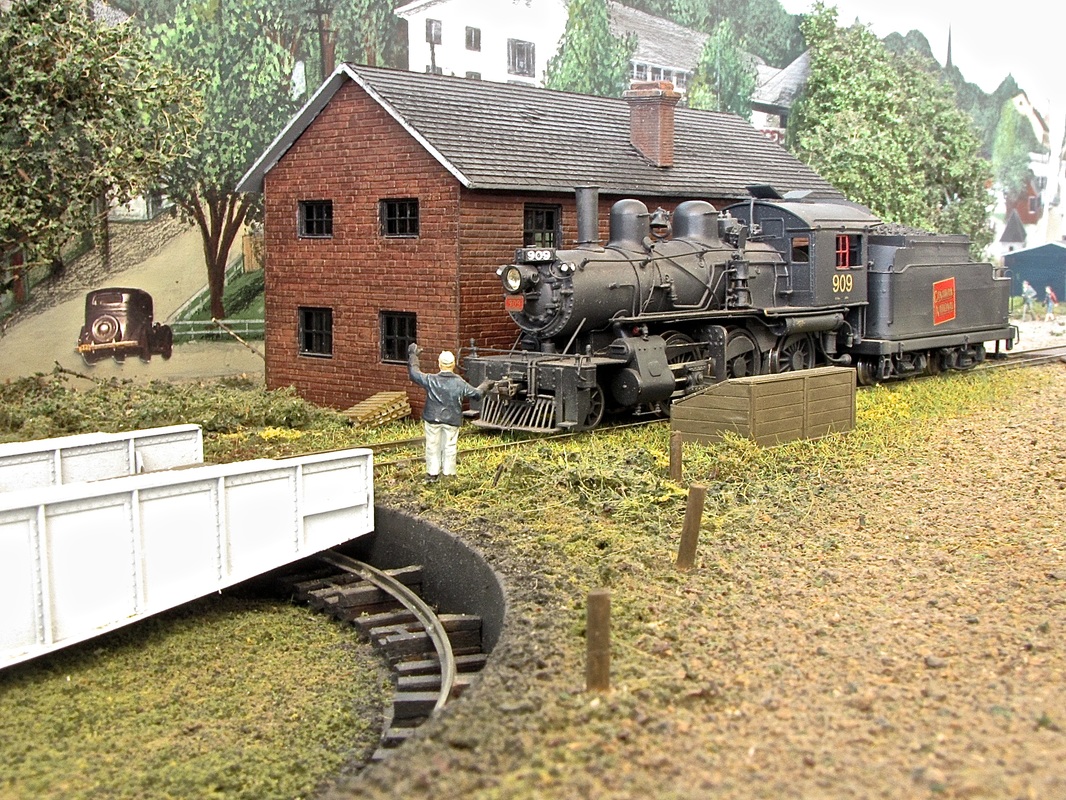
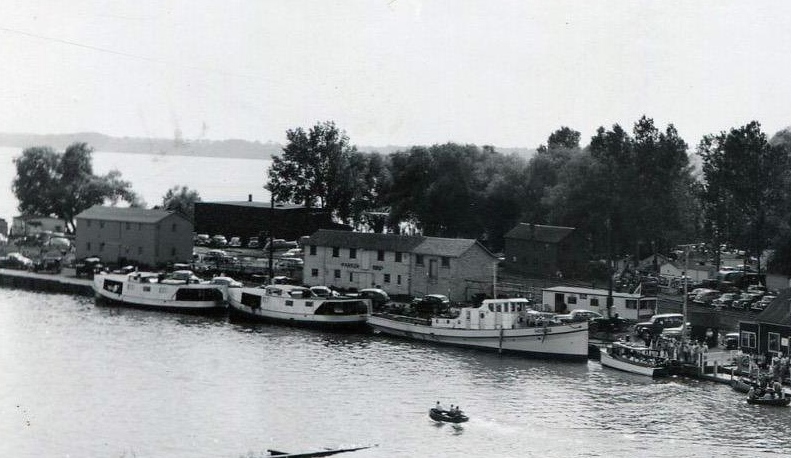
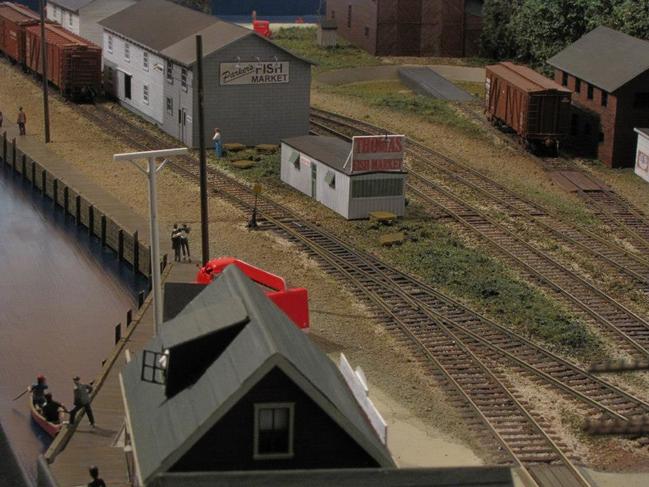
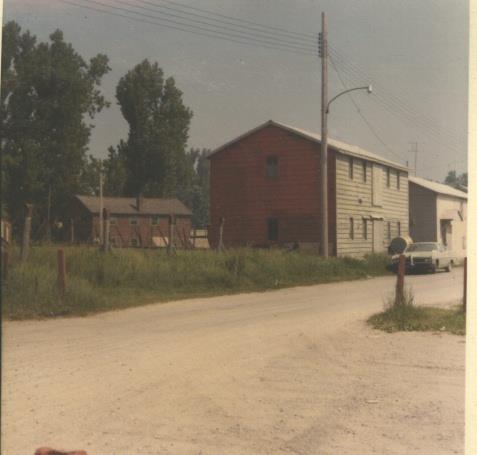
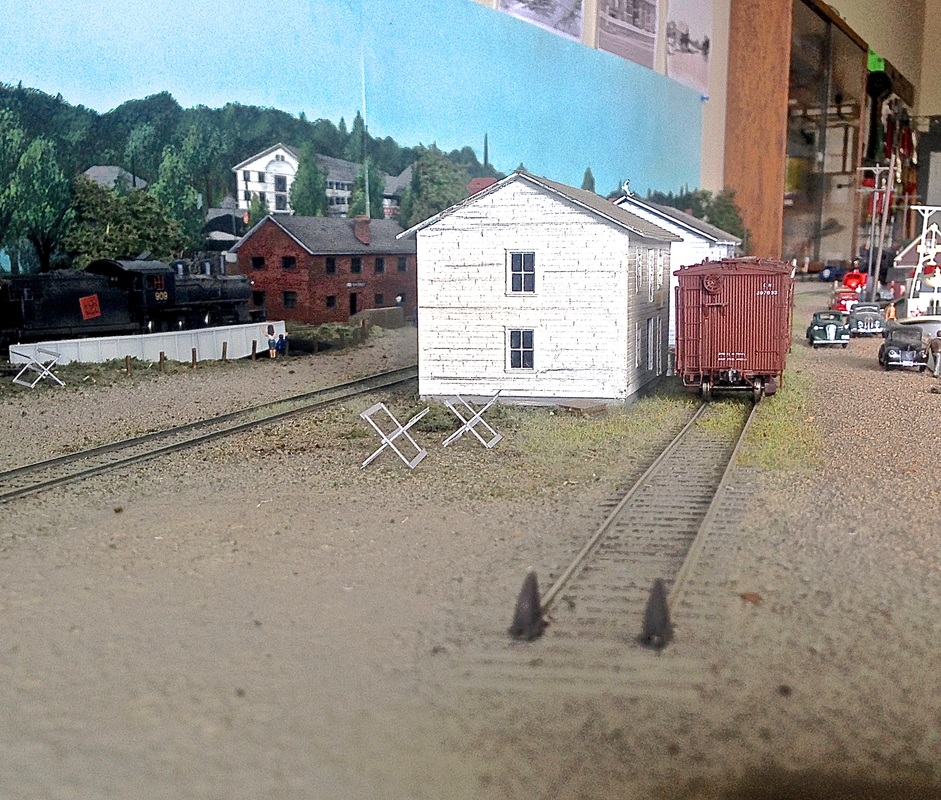
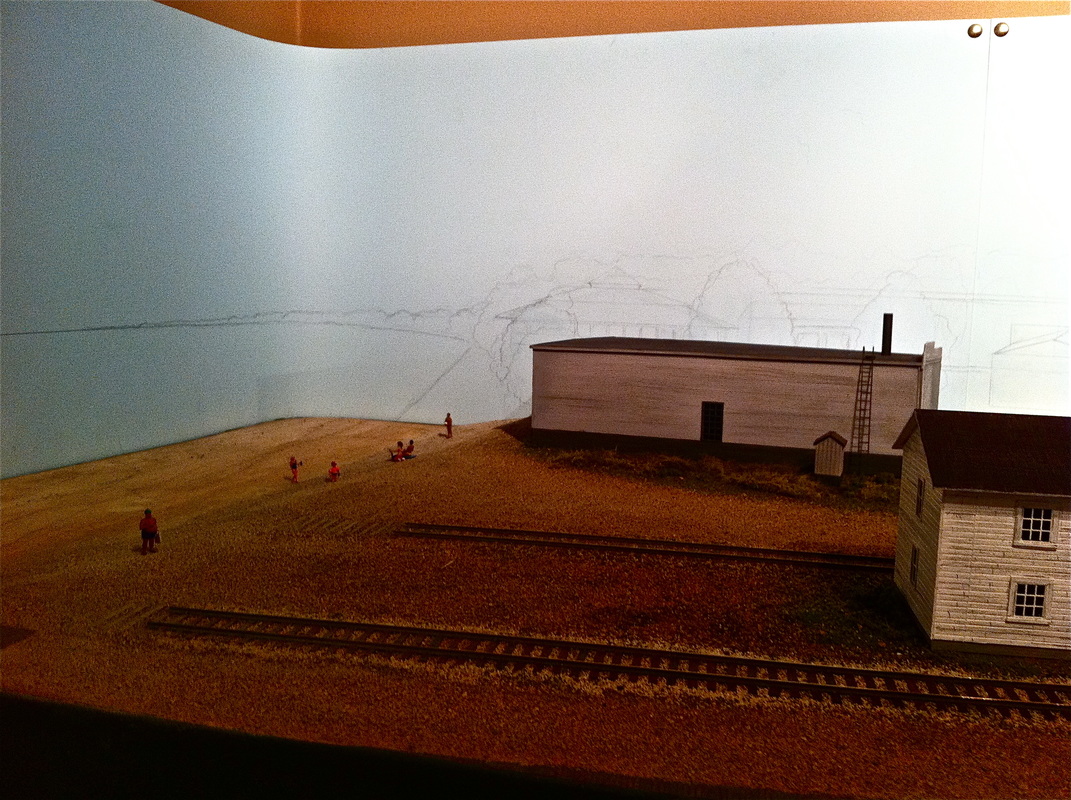
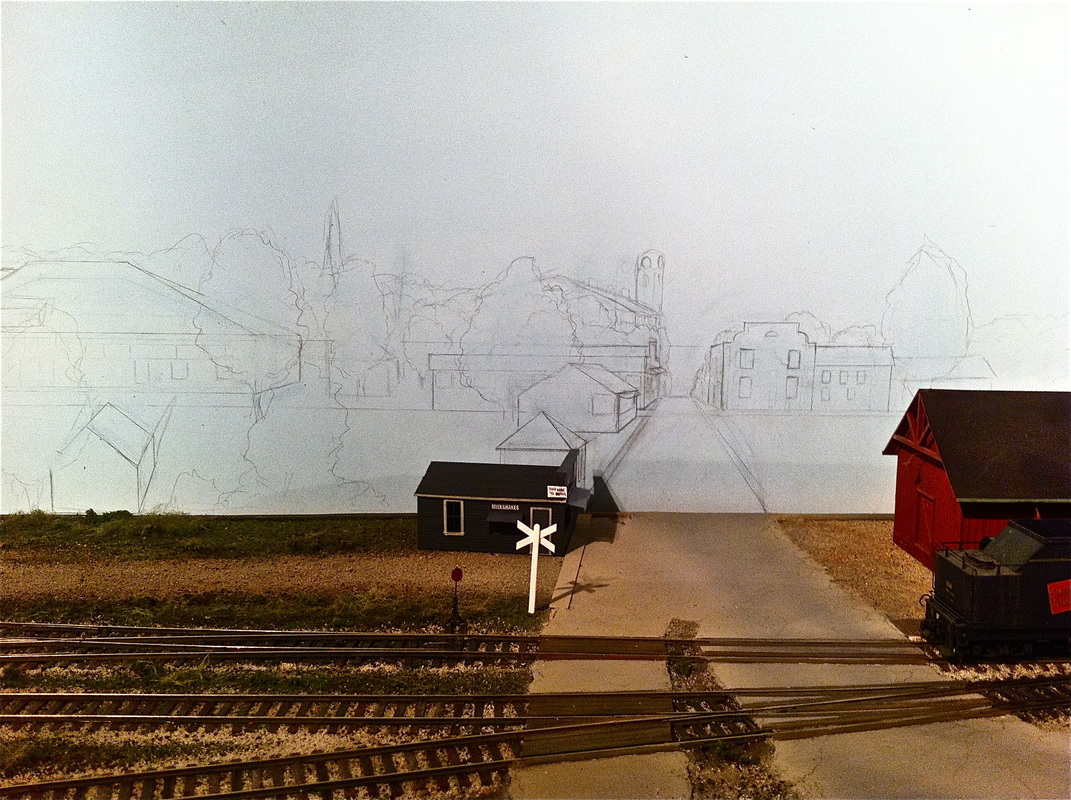
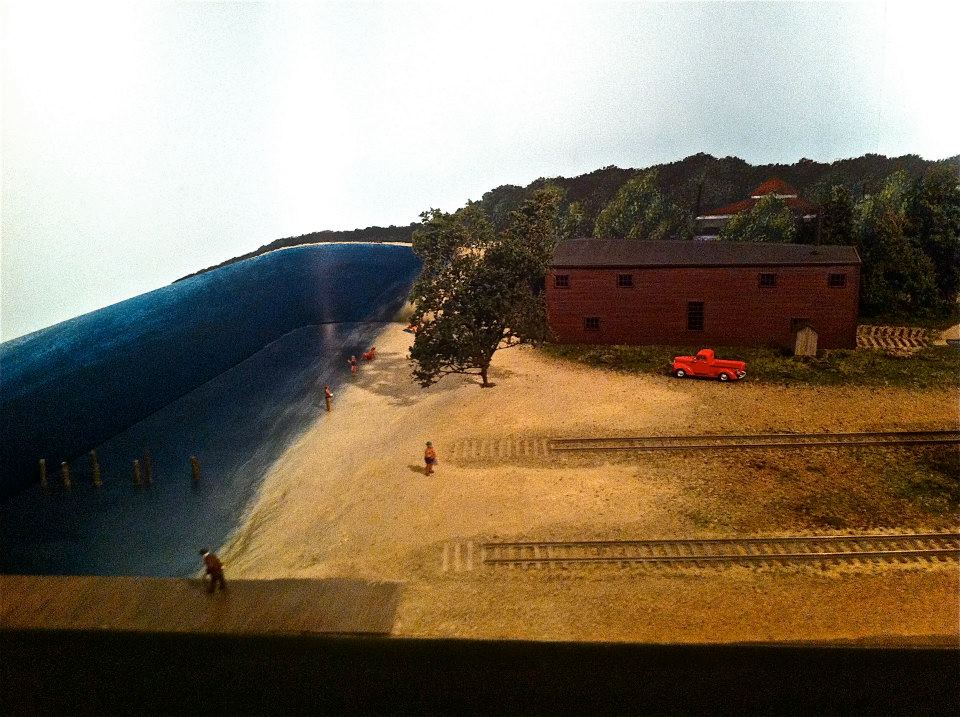
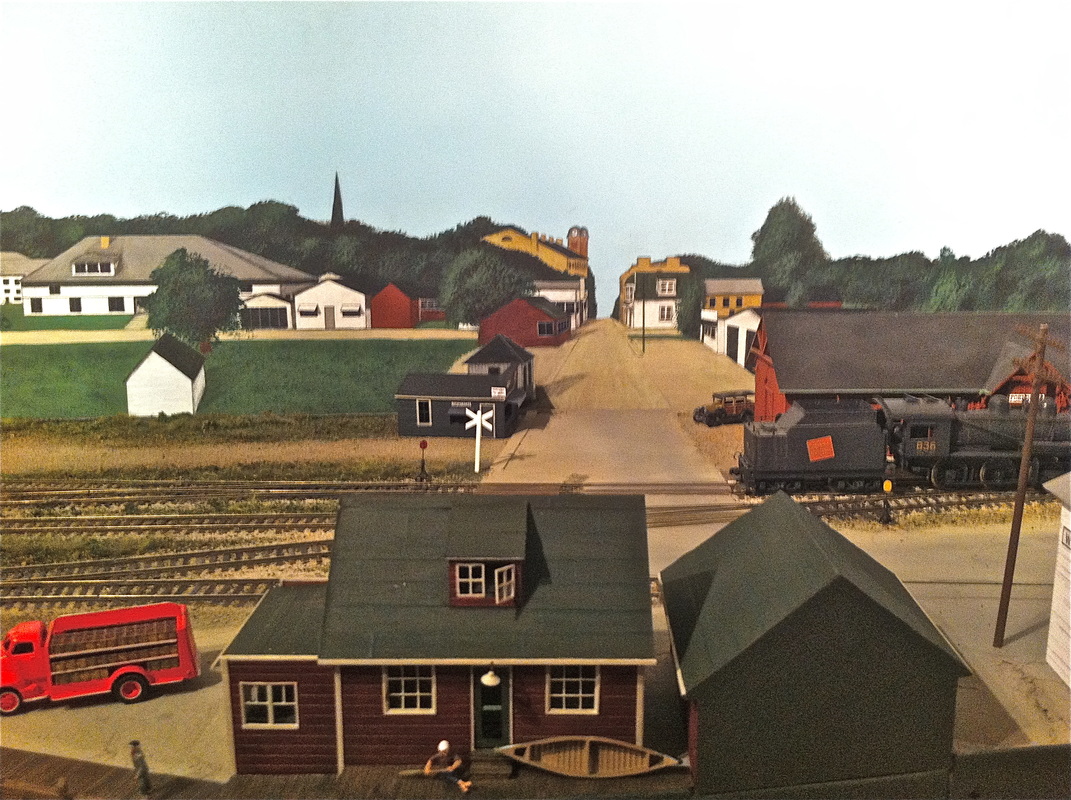
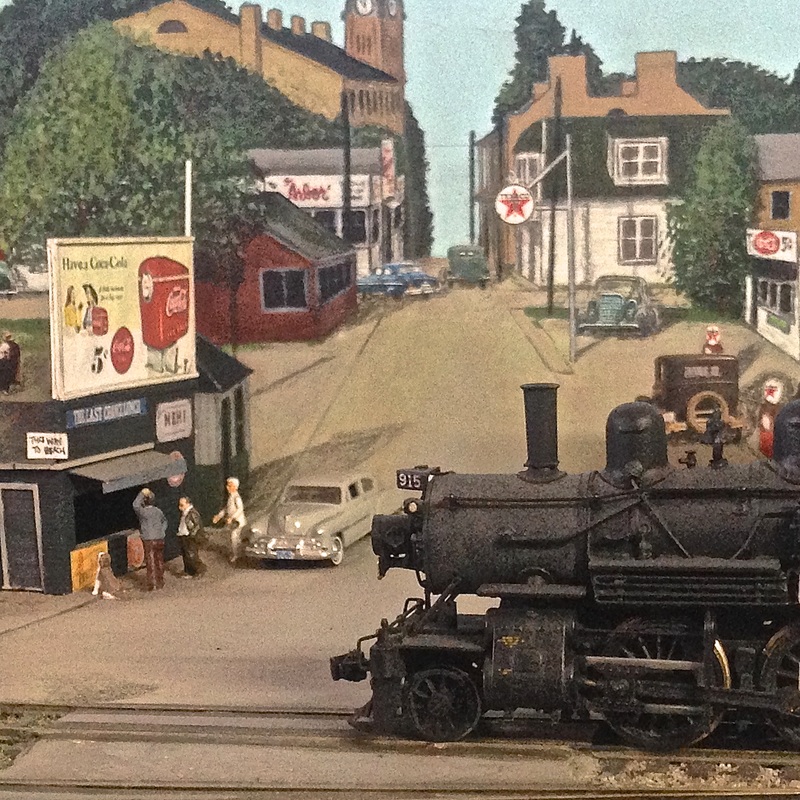
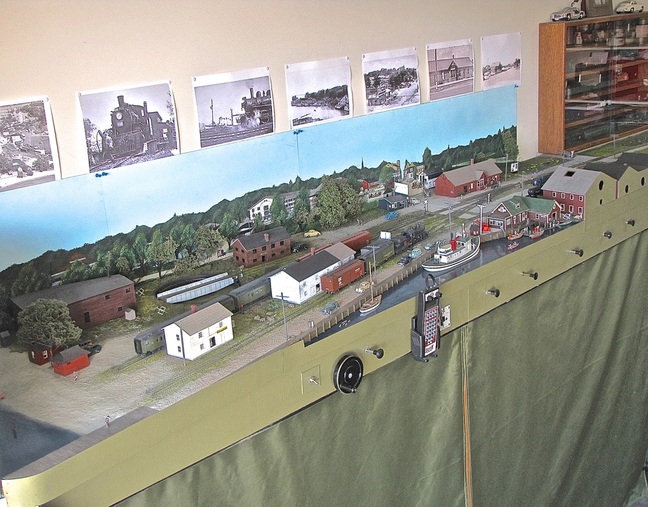
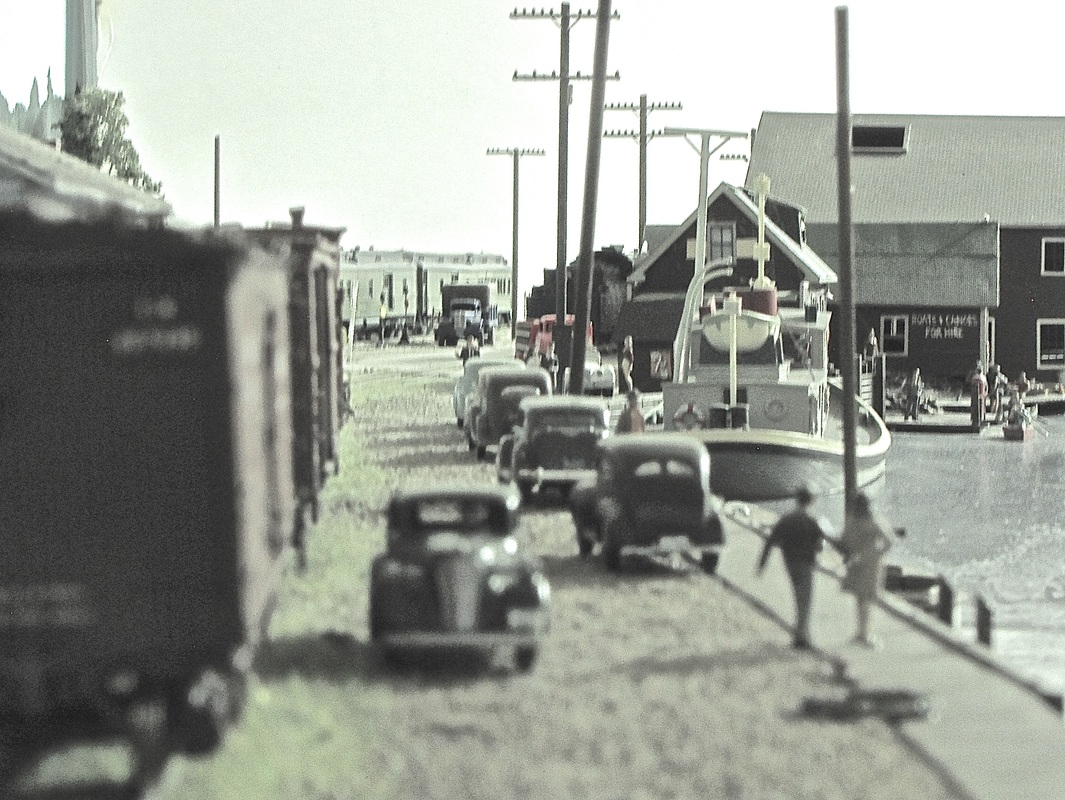
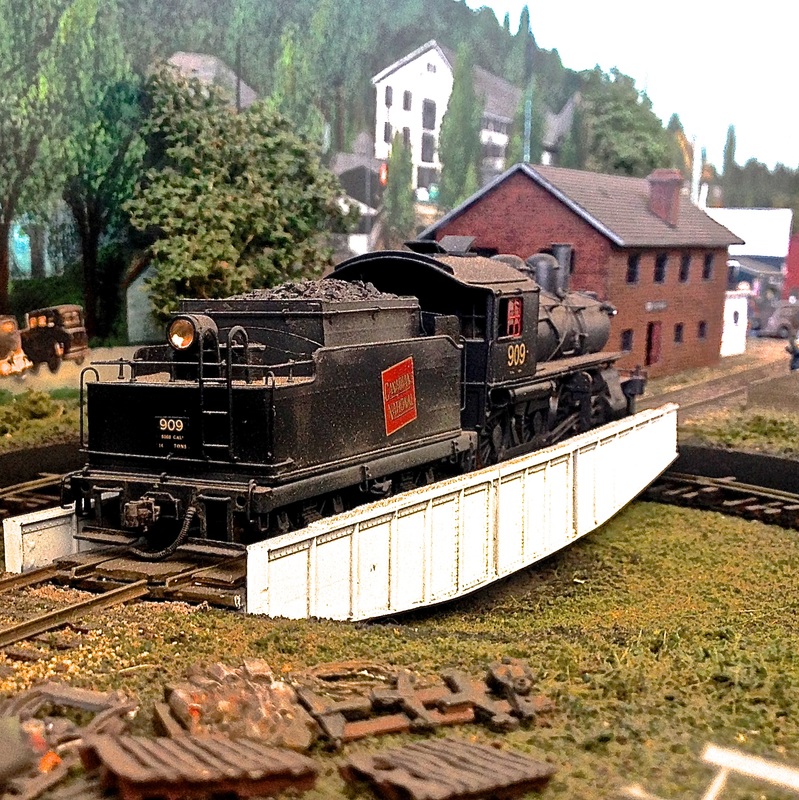
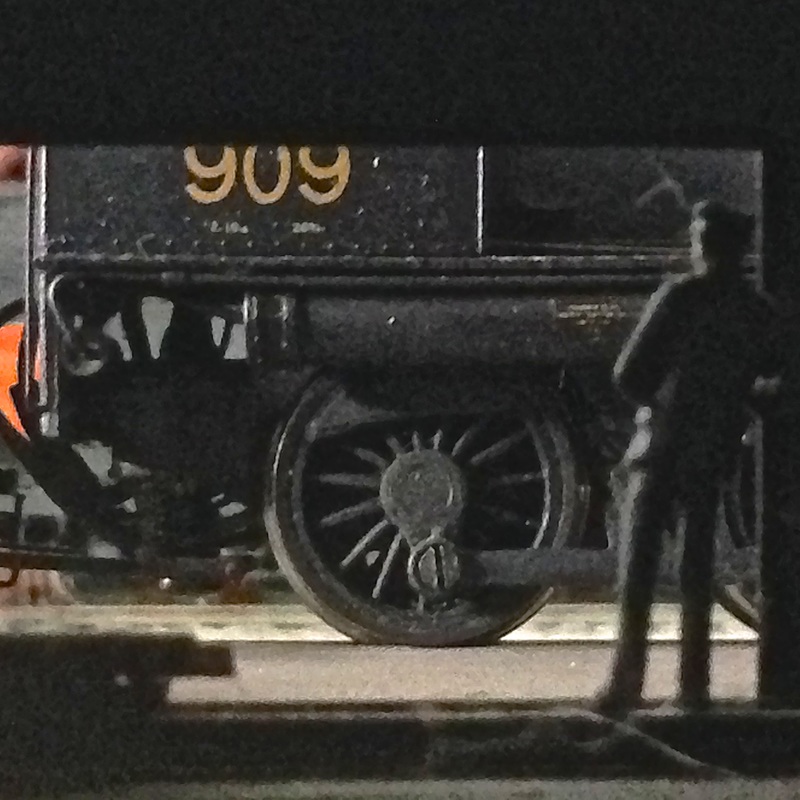
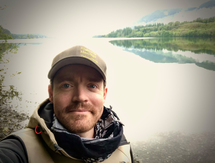
 RSS Feed
RSS Feed